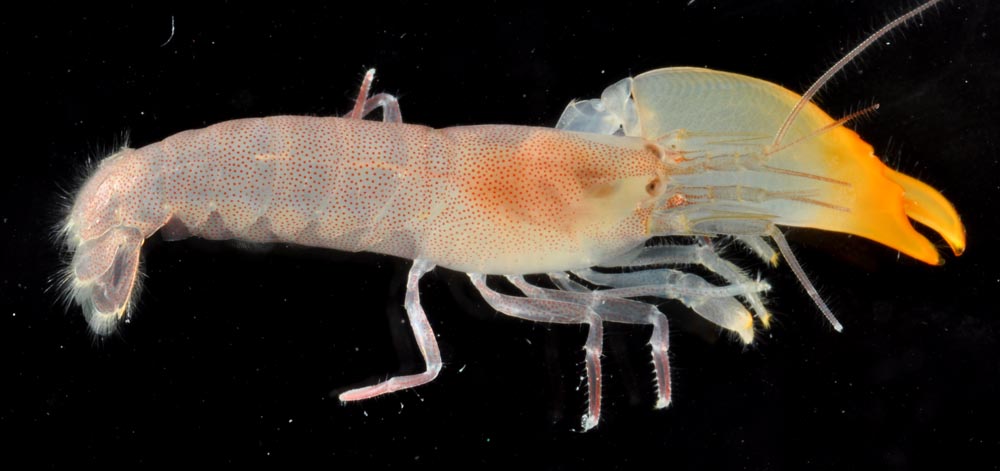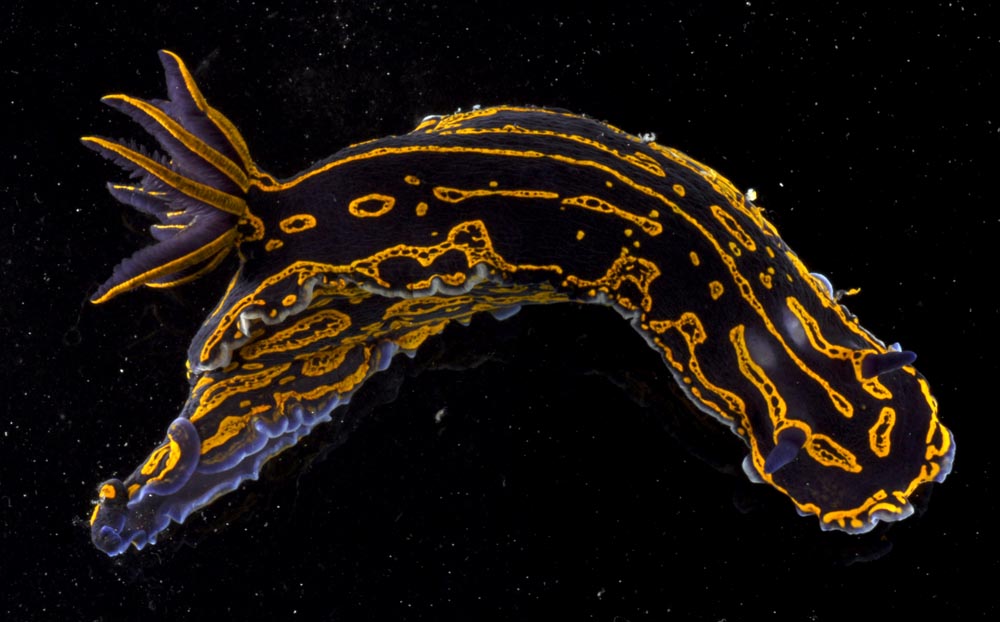That’s right, despite what you may have heard and believe, sponges are animals too! On this trip we were lucky enough to have three sponge experts on board. Brendan, Anna, and Nicole from FSU had the daunting task of processing and identifying the sponges we brought on board. Here they are staring at a dredge full of sponges and possibly wondering why Poseidon is punishing/blessing them with 10 gazillion sponges to process.

I realize that talk of sponges causes many people to react like this:

Even amongst invert lovers like us, sponges often remain a mystery, and I confess that while I might be able to slap a family or generic level identification on an arthropod or mollusc, the best I can do for sponges is “Porifera” (the phylum of all sponges, essentially identifying them as “sponge”). But both vertebrate and invertebrate marine biologists can agree that sponges are cool. Not only do they filter water in impressive volume and velocity (while still being sessile and lacking musclature to do so), in many of the areas we explored sponges provide most of the structure on the sea floor and are therefore important habitat. A single sponge can reveal a whole community of animals. Here is Rob slicing up a sponge looking for gobies (fish) which live within.
In addition to fish, sponges also host lots and lots of invertebrates, including this Synalpheus. If only Art had been there.

We also found this large and awesome nudibranch, Hypselodoris picta, which dines on sponges. Surprisingly, even after seeing a sea slug this cool, Rob still insists on working on fish. I know, we couldn’t believe it either.

Even trying to identify invertebrates from so many diverse phyla, many of the animals we study still have a body plan that is somewhat recognizable. They have characters based on feeding structures, tentacles, reproductive structures, color pattern, shape, claws. They often have something resembling a head or even a face. While color and shape play a role in sponge identification, most sponge characters are much more cryptic. Please forgive the blurriness of this picture, it was night and it was very choppy.
In addition to all the information we record about specimen location, habitat, depth, and so forth, the sponge team also records data on texture, compressibility, color, shape, and even smell. They take pictures underwater because many of these characters can change once the sponge is brought to the surface. When they get back to their lab at FSU they will also examine the microscopic spicules that many sponges have that are often an important character for sponge identification. These same spicules can also be a severe irritant often requiring sponge workers to wear gloves (and avoid rubbing their eyes, as I found out the hard way on a previous trip). While our work area was an explosion of marine life and field equipment that often spilled over into the two square feet of counter space that we generously allotted to Rob to work on fish, their work area looked like this, with many tiny cups filled with drying pieces of sponge:
Despite all these obstacles to studying sponges, look how happy Brendan and Anna are, possibly because they’re about to go diving, possibly because no matter how many sponges they find on a dive they can’t possibly bring back the work load that was pulled up in that trawl, and possibly because they know that when they get back it will be time for dinner!

No matter why they do it, we are grateful that they do. Not only are sponges important from a marine biologist’s perspective, but their many toxic chemicals make them prime candidates for potential new medicines. Thanks sponge team!
🙂 Mandy



Awesome!! I learned allot!
Mom